Hunting deer with a recurve bow requires skill, precision, and the right equipment. In this blog post, we will guide you through the process of choosing the perfect recurve bow and arrows for your hunt. We’ll also share techniques that will help you effectively target deer in their natural habitat.
We’ll discuss important preparations and ethical considerations to ensure a responsible hunting experience.
How to Hunt Deer with a Recurve Bow
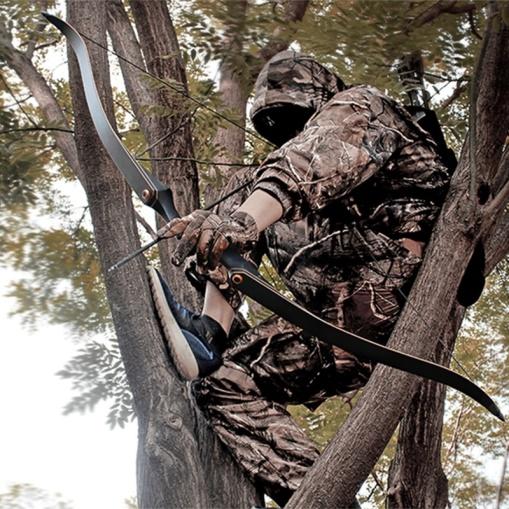
It’s time to go hunting!
If you’re new to bow hunting, it can seem like a daunting task. But with this guide, we’ll help you learn how to hunt deer with a recurve bow in no time. The first step is choosing the right equipment. You’ll need:
- A quality recurve bow (make sure it’s not too heavy)
- Arrows (you’ll want durable ones that won’t break easily)
- A broadhead or field point, depending on what kind of game animal you’re aiming for
A hunting knife (for skinning and quartering your kill) A backpack to carry all of your gear (and a good pair of shoes!)
Choosing The Right Recurve Bow
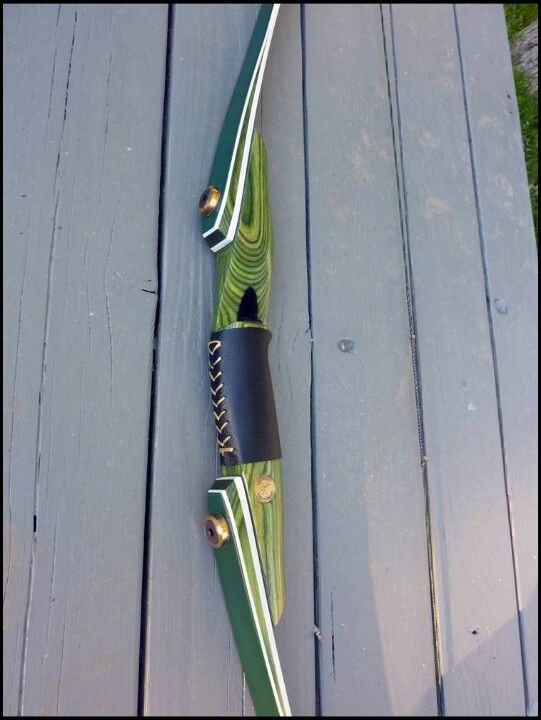

When choosing the right recurve bow for hunting deer, accuracy should be your top priority. Look for a bow with an adjustable draw weight and length to ensure optimal shooting performance. Consider the material and construction of the bow, as they can affect both durability and accuracy.
An accurate and well-constructed recurve bow is the key to increasing your hunting success.
Bowhunters looking to enhance their hunting experience should pay close attention to these factors when selecting a recurve bow.
The combination of an accurate and well-constructed bow will greatly improve your chances of success in the field.
Draw Weight and Length
The importance of choosing the right draw weight for hunting deer
Accuracy and effectiveness are paramount when bowhunting deer. Choosing the appropriate draw weight ensures that your shots have enough power to penetrate and take down a deer efficiently.
Factors such as your physical strength, shooting ability, and legal requirements should be considered when determining the ideal draw weight.
Factors to consider when determining the proper draw length for a recurve bow
The correct draw length is crucial for accuracy and consistency in archery. To find your optimal draw length, factors like arm span, posture, shooting form, and personal comfort should be taken into account.
Measuring your own draw length accurately helps you select the right size of recurve bow for optimal performance.
How to measure your own draw length accurately
To measure your own draw length without assistance, stand upright with arms outstretched parallel to the ground while holding a tape measure or yardstick between both hands.
Measure from fingertip to fingertip and divide by 2.5; this calculation provides an estimate of your approximate arrow-drawing distance.
Bow Material and Construction
Different types of materials used in making recurve bows include wood, fiberglass, and carbon fiber. Wood is a traditional choice that provides a classic look and feel.
Fiberglass offers durability and flexibility, while carbon fiber is lightweight and offers excellent accuracy. Each material has its advantages and disadvantages for hunting deer.
- Wood has a classic look and feel, but it may be less durable.
- Fiberglass: Durable and flexible, but not as lightweight.
- Carbon fiber is lightweight for improved accuracy but can be more expensive.
Key features to look for in a well-constructed recurve bow include sturdy limb construction, smooth draw weight adjustment, comfortable grip design for steady aim, and precise string alignment for accurate shooting.
Selecting The Right Arrows
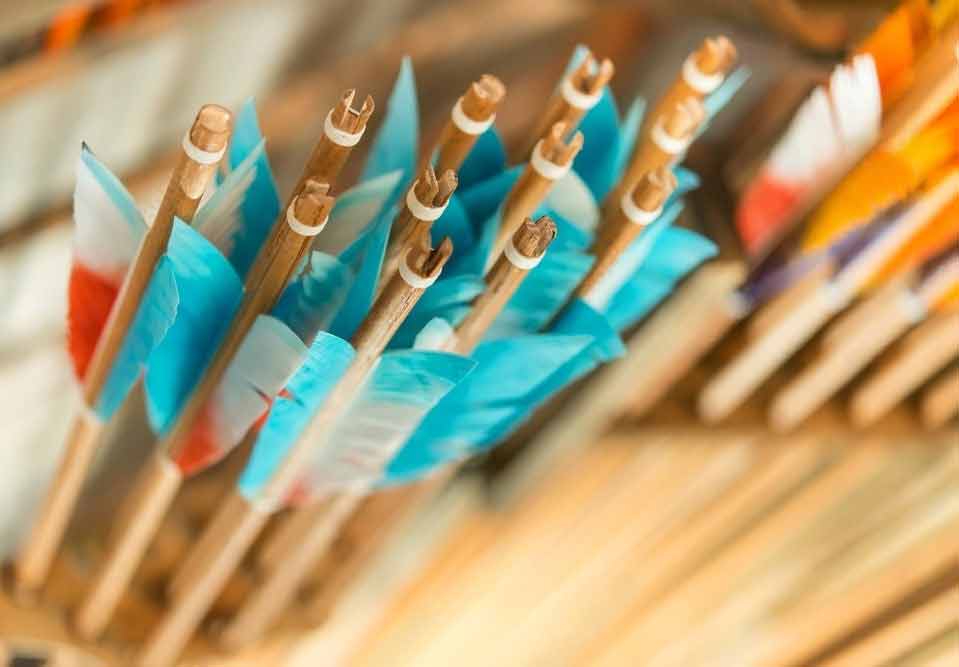

Selecting the right arrows is crucial when hunting deer with a recurve bow. Consider both arrow weight and spine to ensure optimal performance and accuracy.
The weight should be appropriate for your draw length and bow poundage, while the spine must match the power of your bow to prevent misalignment during release.
Choosing suitable arrow tips and broadheads is essential for effective penetration and clean kills. Take into account the type of game you’re pursuing, as different tips offer varying levels of cutting diameter and penetration capabilities.
Arrow Weight and Spine
Understanding the importance of arrow weight for deer hunting
- Arrow weight plays a crucial role in determining the accuracy and effectiveness of shots during deer hunting.
- A heavier arrow provides better penetration and kinetic energy, making it more likely to bring down a deer efficiently.
- However, it is important to find the right balance between arrow weight and bow draw weight for optimal performance.
Factors to consider when choosing the right spine for your recurve bow
- The spine of an arrow refers to its flexibility or stiffness, which affects its trajectory and accuracy.
- Factors such as bow poundage, release consistency, and shooting style should be taken into account when selecting the appropriate spine.
- Choosing an incorrect spine can result in erratic flight patterns and poor grouping.
How to determine the optimal arrow weight and spine for accurate shots
1. Consider your bow’s draw weight: Take into account your recurve bow’s poundage, as lighter bows may require lighter arrows while heavier bows can handle heavier ones.
2. Determine your shooting style: Different styles like instinctive shooting or using sights may influence how much forgiveness you need from your arrows; this will impact both their weight and spine selection.
3. Experimentation through testing: Shoot different weights of arrows with various spines at different distances until you find what combination gives you consistent accuracy on target.
Remember that finding the right arrow setup takes time, patience, and practice. Don’t hesitate to consult with knowledgeable professionals who can guide you towards making informed decisions based on your specific needs.
Arrow Tips and Broadheads
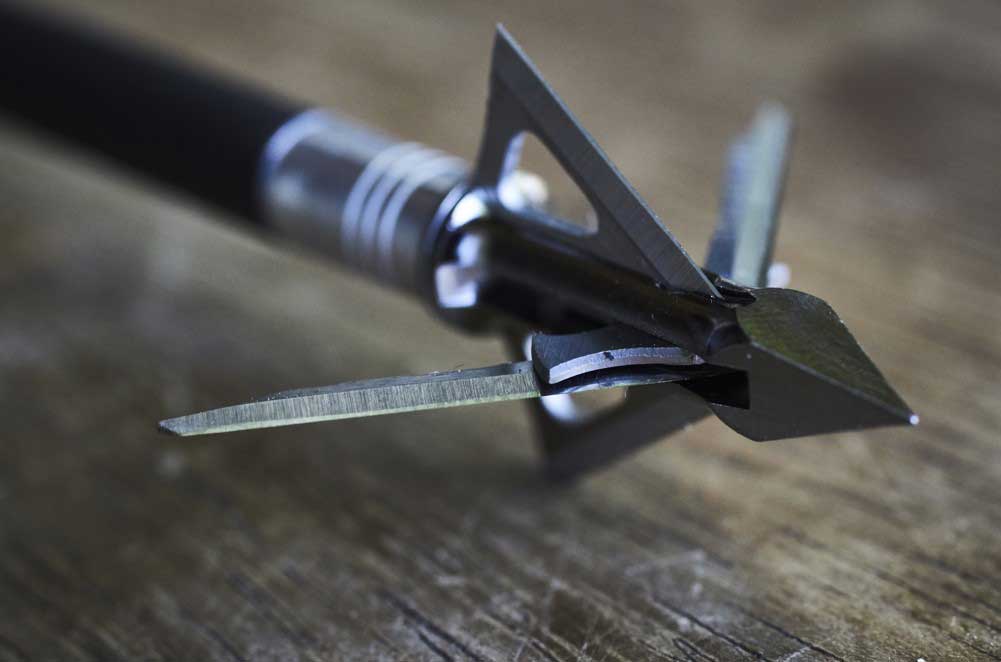

Different types of broadheads can be used for deer hunting with a recurve bow. Fixed-blade broadheads offer durability and reliability, making them suitable for penetrating the thick hide and bone structure of deer.
Mechanical broadheads provide greater accuracy due to their aerodynamic design but may lack the same level of penetration power.
When selecting arrow tips based on shot placement and desired results, it is crucial to consider factors such as distance, angle, and intended outcome. For heart or lung shots that result in quick kills with minimal tracking required, expandable broadheads are recommended.
On the other hand, fixed-blade broadheads are better suited for shots targeting vital organs at close range, where deep penetration is crucial.
Techniques for Hunting Deer
Scouting and Locating Deer:
To successfully hunt deer with a recurve bow, scouting and locating their feeding areas and travel routes are crucial. Look for signs such as tracks, droppings, rubs, and scrapes to identify their patterns.
Invest time in studying the terrain and understanding where they bed down at different times of the day.
Stand Placement and Concealment:
When hunting deer with a recurve bow, strategic stand placement is key. Choose locations that provide natural cover, like trees or brush, to blend into your surroundings effectively.
Position yourself downwind from where you expect the deer to approach to minimize scent detection.
Shot Placement and Tracking:
Achieving proper shot placement on a deer with a recurve bow requires patience and precision. Aim for vital organs such as the heart or lungs to ensure an ethical kill. After taking your shot, be prepared to track patiently by following blood trails or broken vegetation until you locate your harvested deer.
Scouting and Locating Deer
Identifying high-traffic areas is essential to scouting and locating deer. Look for well-worn paths, droppings, or bedding areas to determine where the deer frequently travel. Tracking recent deer activity can also provide valuable insights.
Keep an eye out for fresh tracks, rubs on trees, or scrapes on the ground to identify areas that are currently frequented by deer.
Recognizing feeding patterns is another key aspect of scouting and locating deer. Look for signs of browsing, such as nibbled foliage or crops, to pinpoint potential feeding grounds.
Stand Placement and Concealment
Selecting strategic stand locations for effective shots is crucial when hunting deer with a recurve bow. Look for areas with high deer activity, such as trails, feeding areas, or bedding sites.
Ensure proper concealment from the deer’s keen senses by choosing stands that provide cover and blend in with the surroundings.
Utilizing natural features like trees or bushes can serve as effective camouflage and increase your chances of a successful hunt.
Shot Placement and Tracking
Aiming for vital organs is crucial when hunting deer with a recurve bow. By targeting the heart, lungs, or other vital areas, you ensure a quick and ethical kill. Understanding the anatomy of a deer is essential for accurate shot placement.
Familiarize yourself with where these vital organs are located to increase your chances of making a successful shot.
Once you’ve taken your shot, it’s important to follow blood trails meticulously while tracking wounded game. This will lead you to the injured animal and allow for quick retrieval and proper disposal.
Developing Essential Skills
Archery Proficiency
Before attempting to hunt, invest time in developing your archery skills for deer hunting. Practice consistently, focusing on proper form, anchor points, and release techniques. Build muscle memory and strive for consistent accuracy at various distances.
Scouting
Successful hunting begins with scouting. Study deer behavior, feeding patterns, bedding areas, and travel corridors. Use maps, trail cameras, and on-the-ground observation to identify potential hunting locations.
Tree stands and ground blinds
Tree stands and ground blinds offer valuable vantage points and concealment. Practice setting up and using these structures safely and quietly, ensuring you have clear shooting lanes.
Stealth and stalking
Master the art of moving silently through the woods, utilizing natural cover and terrain features. Learn to read the wind and use it to your advantage, always approaching deer from downwind.
Shot Placement
Ethical hunting demands precise shot placement. Familiarize yourself with deer anatomy and target the vital organs. The heart and lungs are prime targets for clean and humane killing.
What is The Best Hunting Spot for a Recurve Bow?
The best hunting spot for your recurve bow is where the deer are. The second-best hunting spot is where they are not.
The third-best hunting spot is where there are no people or dogs, because those things can scare away deer and ruin your day.
There are many places to find deer, but the best ones are in wooded areas with plenty of water and food.
Deer like to hang out near creeks or rivers because they provide a ready source of drinking water and also attract insects, which deer eat.
How to Find an Active Trail of Mature Bucks
Finding an active trail of mature bucks is not easy. It takes time, patience, and experience to become good at it. But don’t worry—if you follow these simple tips, you’ll be on your way to finding the right trail in no time!
How do I know if a trail is active?
Look for fresh tracks in soft ground or mud near water sources (streams, rivers). Mature bucks will often use these as their personal watering holes during hot summer days.
They also like hanging out near them because they’re cooler than other parts of the surrounding area.
Look for broken branches along the sides of trails that deer have frequently used; this can reveal where deer rub their antlers against trees for self-grooming or territorial marking activities. Watch out for piles of feces left behind by male deer who are grazing nearby.
Pay attention when walking through thick vegetation since this type of environment provides excellent hiding spaces for animals living there. Remember: never approach any animal without knowing what it’s capable of doing!
How do I set up a stand for hunting with a recurve bow?
Tree stands:
These are basically platforms that you can place on trees and use to hunt from. They tend to be more stable than ground blinds, but they are also a bit more expensive and harder to set up.
Ground blinds:
These are basically large tents made out of camo fabric that you can put up around yourself so as not to be seen by deer when they pass by your location in the woods or fields nearby, where they feed on grass every day during the summertime when it gets hot outside during those months (which happens every year).
Pop-up blinds:
these are similar to tents except they don’t take up much space at all since there isn’t any roof above them! They’re great for hunters who want something quick yet effective at hiding themselves from prey animals like rabbits, foxes, etc.
Safety Guidelines for Hunting Deer With a Recurve Bow
Hunting with a recurve bow requires a heightened level of safety awareness. Always prioritize safety over success, and never take unnecessary risks. Here are some key safety considerations to keep in mind:
- Wear a Safety Harness: Always wear a safety harness when hunting from a tree stand.
- Keep Your Bow Unloaded: Always keep your bow unloaded when climbing a tree stand or moving through the woods.
- Identify your target: Be sure to identify your target before taking a shot. A mistaken identity can have severe consequences.
- Be Aware of Your Surroundings: Stay aware of your surroundings, including other hunters in the area.
- Practice good muzzle control: keep your bow pointed in a safe direction at all times.
Conclusion
Hunting deer with a recurve bow offers a unique and challenging experience for avid hunters. The traditional design of the recurve bow provides a sense of mastery and connection to the art of hunting.
While it requires skill and practice to become proficient, the rewards are well worth it as you immerse yourself in nature and engage in ethical, sustainable hunting practices.
Choosing a recurve bow for deer hunting allows hunters to embrace tradition while honing their skills in an immersive outdoor adventure.
So grab your recurve bow, venture into the wilderness, and embark on an unforgettable journey as you track down your prey with precision and finesse.
Frequently Asked Questions
What is the ideal weight for arrows used in deer hunting with a recurve bow?
The ideal weight for arrows used in deer hunting with a recurve bow is between 8 and 10 grains per pound of draw weight.
Can I use wooden arrows for deer hunting with a recurve bow?
Yes, you can use wooden arrows for deer hunting with a recurve bow, but make sure they are heavy enough and long enough for your specific bow and hunting needs.
Is it legal to hunt deer with a recurve bow?
Yes, it is legal to hunt deer with a recurve bow in most states, but make sure to check your state’s hunting regulations beforehand.
What draw weight is recommended for hunting deer with a recurve bow?
The recommended draw weight for hunting deer with a recurve bow is between 40 and 50 pounds, but make sure to assess your own strength and skill level before choosing a draw weight.
Should I use broadheads or field points for hunting deer?
Broadheads are designed for hunting and are recommended for ethical and effective kills. Choose broadheads that match your bow setup and ensure they are properly sharpened and aligned.
Can I hunt deer from a ground blind with a recurve bow?
Yes, hunting deer from a ground blind can be an effective strategy with a recurve bow.
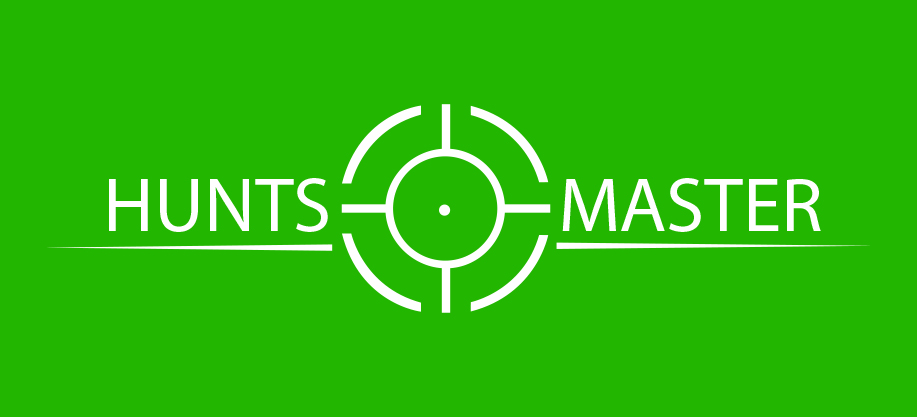

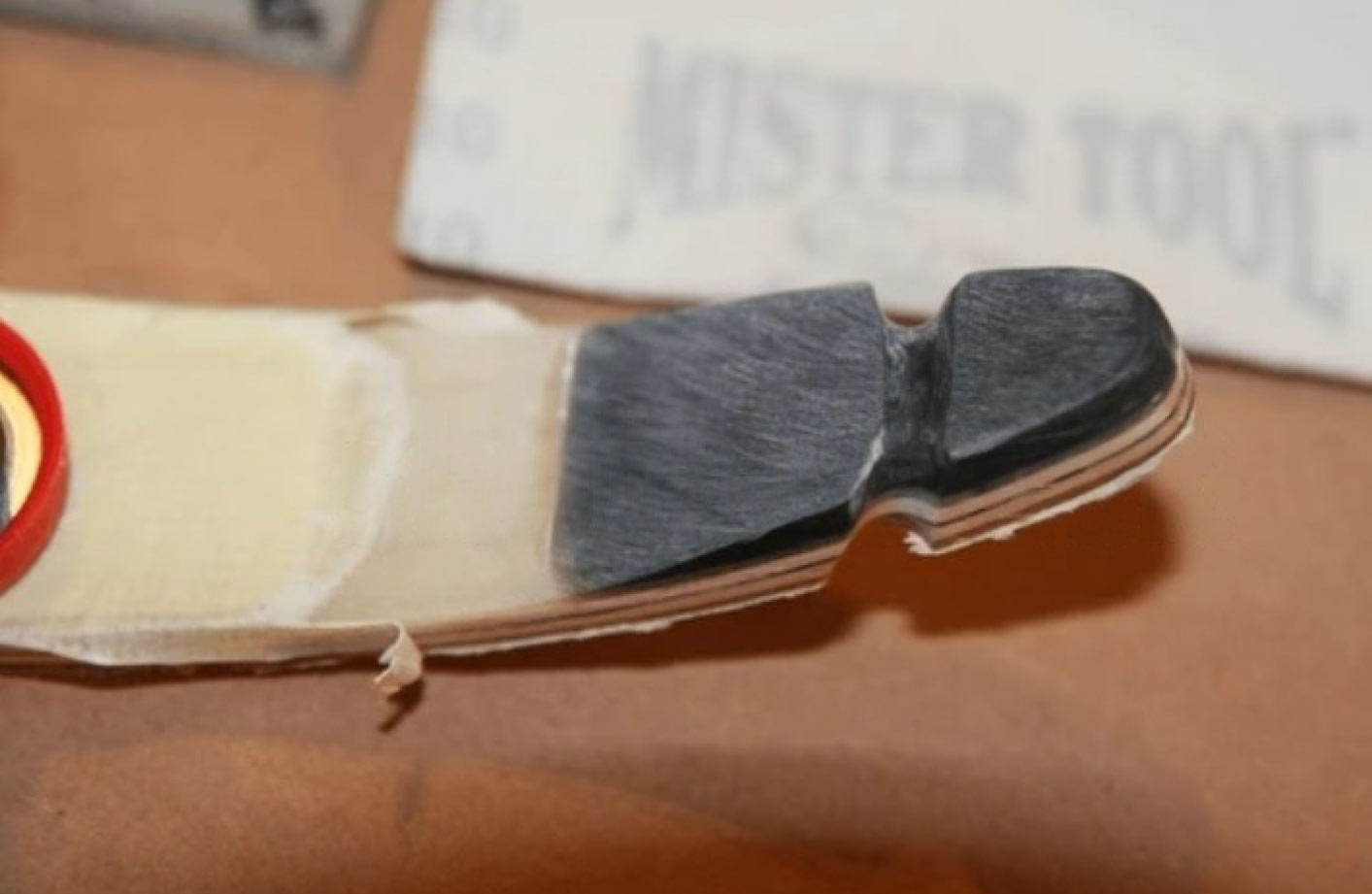
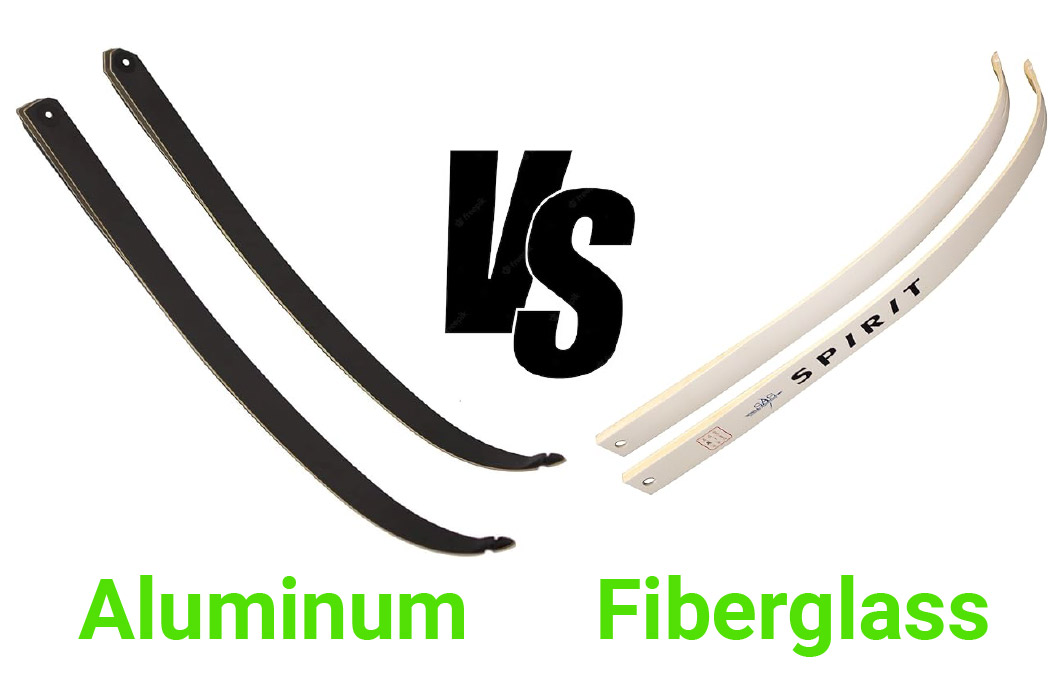
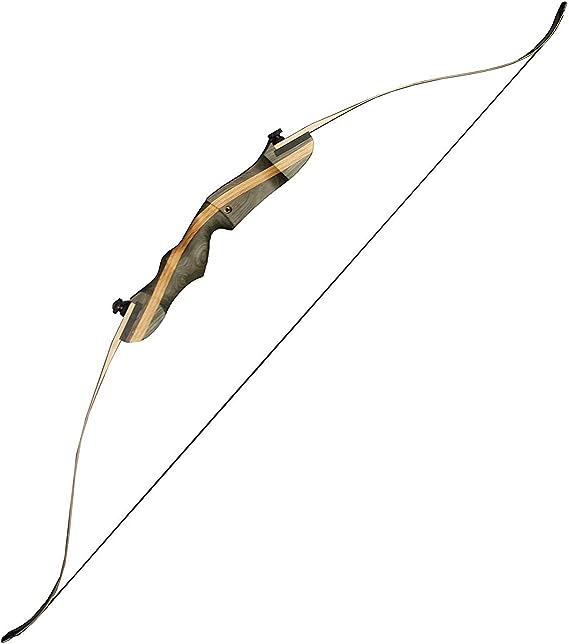
Hello my loved one! I wish to say that this post is awesome, great
written and include almost all vital infos. I’d like to see more
posts like this . I saw similar here: sklep internetowy and also here:
najlepszy sklep